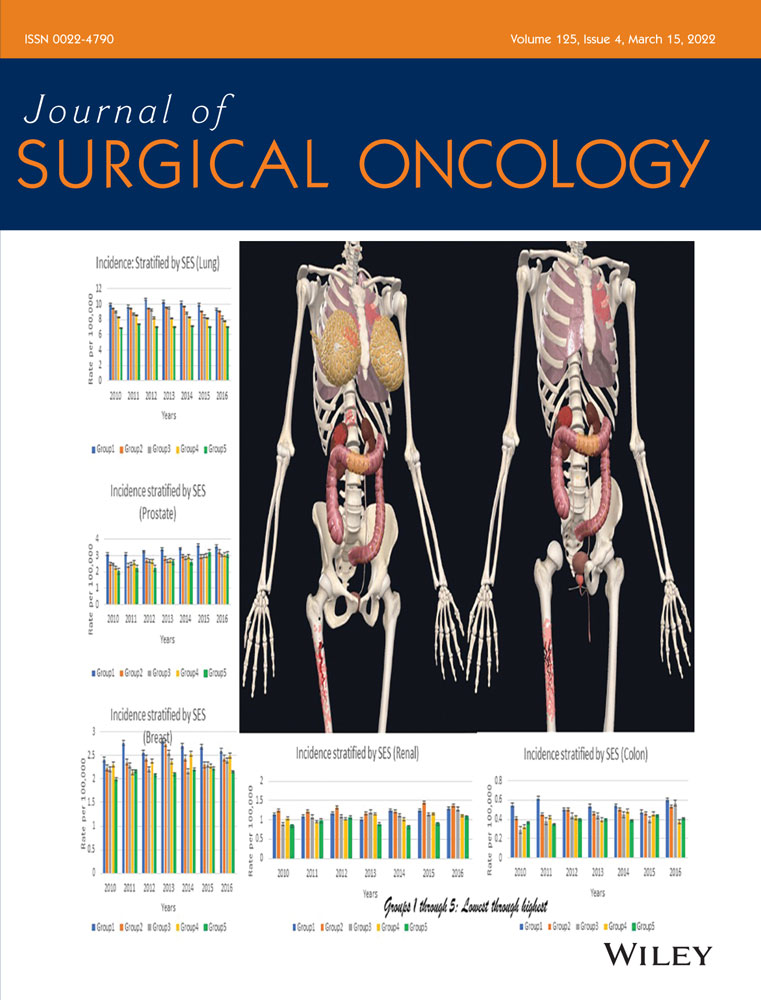Allograft prosthetic composite reconstruction using a reverse total shoulder arthroplasty for failed oncologic proximal humerus reconstruction
LEVEL OF EVIDENCE: Therapeutic Level IV.
Abstract
Introduction
Endoprosthetic or allograft reconstruction are the preferred reconstruction techniques for proximal humeral bone tumors. Failure of these reconstructions may occur, but historically revision is performed rarely due to the lack of reliable options. Reverse shoulder arthroplasty with an allograft prosthetic composite (rAPC) may provide a revision option. The purpose of the current study was to evaluate our institutional outcome of these procedures.
Methods
Eleven (6 male, 5 female) patients (mean age 51 ± 17 years) underwent revision of a failed oncologic reconstruction of the proximal humerus utilizing a rAPC. The most common indication for revision was subluxation (n = 6) and the most common previous implant was an endoprosthesis (n = 5).
Results
Revision resulted in improvements in shoulder elevation (39° vs. 62°, p = 0.02), external rotation (13° vs. 25°, p = 0.04), American Shoulder and Elbow Surgeons score (39 vs. 58, p = 0.004) and Musculoskeletal Tumor Society Scores (51% vs 69%, p = 0.002). There were 2 re-revision procedures performed. One for an allograft fracture and one for allograft resorption and loosening.
Conclusions
Revision with a rAPC can effectively restore patient function. Due to the complexity of the cases, we advocate for these procedures to be performed by subspecialty upper extremity surgeons trained in complex revision shoulder arthroplasty.
CONFLICT OF INTERESTS
Joaquin Sanchez-Sotelo receives royalties from implants utilized in this study.
Open Research
DATA AVAILABILITY STATEMENT
Data will not be shared.




